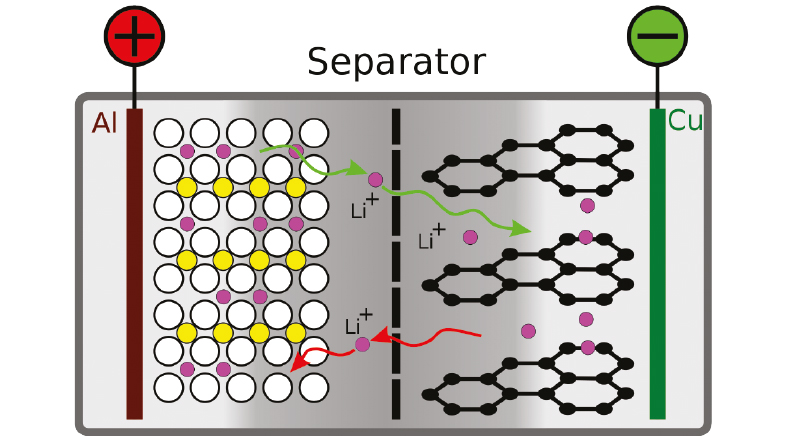Quantum entanglement detected in quarks
-
- from Shaastra :: vol 03 issue 06 :: Jul 2024

Scientists at European research organisation CERN have shown that quantum effects hold at the lowest level of fundamental particles.
Scientists at the European Organization for Nuclear Research, CERN, have shown that a property known as quantum entanglement — so far only seen in long-lived particles such as photons and electrons — can be found in quarks, which are the building blocks of protons, neutrons, and other sub-nuclear particles.
Entanglement causes pairs of particles to have their states entwined and correlated, regardless of how far apart they are. By measuring a property (such as spin polarisation) of one of an entangled pair, the property of the other can be known, irrespective of the distance between them.
Quarks are not seen in isolation — except in high-energy collisions in particle accelerators such as the Large Hadron Collider (LHC) at CERN, located near Geneva. They appear briefly before decaying into smaller particles. So, while the experiment has shown they can exist in an entangled state, it may not be possible to use this property for communication or cryptography, as in the case of photons. Two recent experiments at CERN now establish that the laws of quantum mechanics hold good at the lowest level of fundamental particles. This property, established by LHC experiments using general-purpose particle detectors ATLAS (A Toroidal LHC Apparatus) and CMS (Compact Muon Solenoid), demonstrates energies far beyond what is accessible in the lab, such as those of quantum optics (bit.ly/quarks-entanglement).
"This measurement establishes in a beautiful way that the entanglement is as (it is) in standard quantum mechanics in an exotic top anti-top quantum system," says Shrihari Gopalakrishna, Professor of Theoretical Physics at The Institute of Mathematical Sciences, Chennai.
The idea of quantum entanglement was first elucidated by Erwin Schrödinger in 1935. Dismissed by Albert Einstein in a paper that year, it has since been demonstrated in long-lived particles such as photons and electrons. In 2022, Alain Aspect, John Clauser and Anton Zeilinger won the Nobel Prize for demonstrating entanglement in photons. The CERN experiments have taken this fundamental property of quantum mechanics into the rapidly changing short-lived world of quarks.
Quarks are the constituents of baryons and mesons — terms used to describe particles such as protons, neutrons and their anti-particles that normally reside in the nucleus of atoms. It takes very high energy levels — 13 tera electron volts or so — to break open baryons or mesons to expose quarks. But this independent existence of quarks is short-lived.
The longest-lived and heaviest quarks are the top quark and top antiquark. The lifetime of the experimentally isolated top quark is about 10-25 seconds. It takes ten times longer for it to form a particle such as a proton. Consequently, the isolated top quark decays before it can form a stable particle. However, the time taken for its spin to decorrelate is 10,000 times longer. The spin correlation extends into the decay products.
PAST ISSUES - Free to Read


Have a
story idea?
Tell us.
Do you have a recent research paper or an idea for a science/technology-themed article that you'd like to tell us about?
GET IN TOUCH














